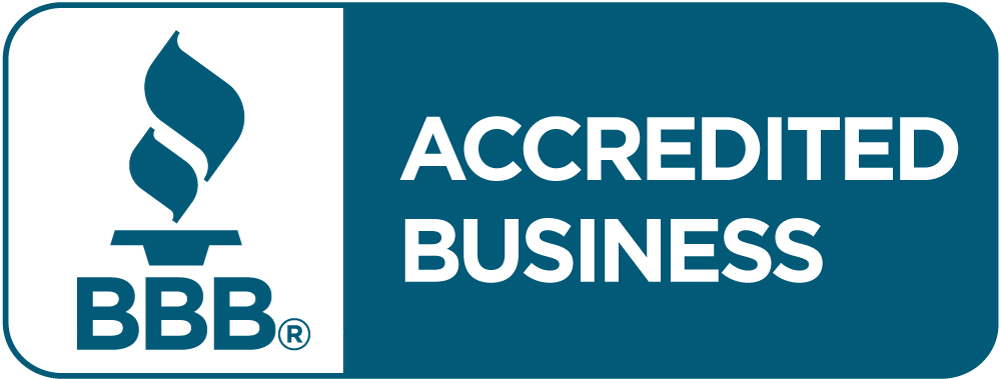Quick Links
ToggleWorking capital is an important part of all businesses, as it provides a safety net for paying off debt or unexpected expenses and keeping the business running smoothly. An excess of working capital can be reinvested back into the business, however too little working capital can spell disaster for any operation.
When it comes to the right amount of working capital, however, one size doesn’t fit all. There are a number of factors that affect a business’ working capital needs, each of which we delve into below.
Seasonality
It’s common for businesses to be affected by seasonal fluctuations. Many retail companies experience a dramatic increase in sales in the lead-up to Christmas, for example, while ice cream shops will undoubtedly see a decline in orders during the winter months.
Just because profits slip during parts of the year, doesn’t mean a business’ expenses do. Many will still have to pay for rent, employee salaries, insurance, and inventory, among other expenses. Therefore, it’s vital that a business factors these year-round costs into their working capital needs.
Operating Cycle
The operating cycle refers to the time it takes between the outlay of cash and inflow of cash. The shorter this cycle, the less you need to invest into your working capital, therefore improving profitability.
There are many issues that influence the duration of this operating cycle:
- Payment terms extended to the company by its suppliers
- Order fulfillment policy
- Credit policy and related payment terms
The operating cycle is helpful for estimating how much working capital a company needs to maintain or grow its business.
Business Goals
A business’ current and future growth goals also play an important role in how much working capital a company will want to have on hand. This is because a company that is in a period of growth and expansion requires more working capital than a company that is static.
An organization must therefore determine the best mix of current assets and current liabilities needed to achieve their desired objectives. As a rough guide, businesses should have approximately twice the amount of current assets to current liabilities in order to have satisfactory working capital management.
When sufficient working capital is on hand, businesses can take advantage of growth opportunities when they arise, therefore increasing their chances of expansion and maximizing profit.
Operational Efficiency
Operating efficiency refers to how fast a company can:
- Convert raw materials into finished goods
- Sell these finished products
- Receive their payments from customers
As a result, high operating efficiency businesses require less working capital, while those with lower operating efficiency will require more working capital to have sufficient cash-on-hand.
COVID-19 Impact
It also comes as no surprise that global pandemics, such as COVID-19, can seriously impact a company’s working capital needs. Previously, it may have felt unlikely that businesses could come to such a sudden and unpredictable halt. Since the pandemic, however, business owners now know to expect the unexpected, and always have enough working capital on hand to ride out these challenges.
As you adapt to new COVID-19 conditions, you may require additional working capital for operational expenses such as:
- Paying employee wages
- Investing in items required to keep your customers and employees safe, such as masks, shields, or sanitizing products
- Paying for rent for your workspace
- Paying utility bills and business insurance
Having insufficient working capital during such a challenging time will result in a business not being able to cover their expenses when business slows down or comes to a complete halt. Sadly, this has been the case for many companies across the world, resulting in their temporary or permanent closure.
Consider a Working Capital Loan
When you need funds quickly to keep operating, a working capital loan in the form of a merchant cash advance (MCA) or a traditional business loan can help. While traditional lenders such as banks have strict loan requirements and lengthy application and approval processes, a direct lender can offer fast and effective financing solutions to ensure your business continues to thrive.
Direct lenders have less stringent requirements and offer flexible working capital loans with hassle-free repayments and no prepayment penalties.
Thinking of obtaining business funding to meet your working capital needs? Contact Zinch at (714) 500-662 to learn more about your options. You could qualify for up to $250,000 in just 24 hours.










